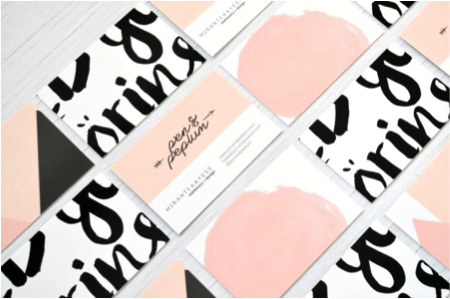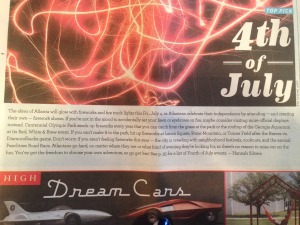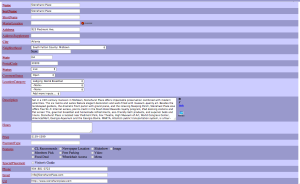Brittany Wenner ’15, Strategic Communications Major and PWS Minor
When summer gets into swing, new graduates are seeking employment, and underclassmen are beginning their pursuit of internships. Unfortunately, it has become abundantly clear that the job market is not only limited, but also full of highly competitive and qualified college students and postgrads. It becomes exponentially more important, then, to establish your academic and professional footprint, as well as set yourself a part from other applicants, by creating a polished, personalized digital portfolio.
This includes making rhetorical choices with respect to your intended audience (internships versus professional work), your content (visual versus written), and your personal and professional identity (how you want to portray yourself as a person and professional). Thus, depending on your area of study and intended career path, different Web platforms may be better suited for you than for fellow classmates and job seekers in other disciplines. This post will review four popular websites—Digication, Weebly, Wix, and WordPress—with consideration to features and resources on each that can determine which platform is easiest and most effective for you.

Having changed majors and career goals over my four years at Elon thus far, I have explored and worked with all of these platforms and have accumulated three separate digital portfolios. Because I journalism major my sophomore year, I found that the majority of the work I wanted to showcase was writing-based, so I dabbled in both Digication and WordPress when assembling my first online portfolio. Ultimately, I opted for WordPress because I had prior experience working with the blog-style site. Because of its diverse readership and users, as well as its relatively easy navigation and allowance for customization, WordPress can accommodate almost any user, in any concentration or discipline, in setting up a personal site.
Now, I should stress that Digication is by no means better or worse than WordPress or any other e-portfolio resource. In fact, it can be an essential tool, especially for those whose work is particularly writing-based; Elon English majors, especially those concentrating in Professional Writing and Rhetoric, are actually required to have a complete Digication e-portfolio before they graduate. This requirement speaks not only to the merit of Digication as an e-portfolio platform, but also to its popularity and capability of drawing traffic (site visitors and potential employers).

During my Digital Media Convergence course, I was introduced Weebly when assigned to create an online portfolio for my work with design and multimedia. While all of the platforms mentioned in this article support multimedia presentations and portfolio pieces, Weebly is especially useful in creating appealing and dynamic galleries and subpages for your work. With respect to your personal tastes and visual rhetoric, Weebly provides a variety of themes for layouts and color schemes, making it easy to transform an existing template into your personalized creation. It also allows you to customize your site name without purchasing a domain name, which can optimize your presence on search engines—i.e., Google, Yahoo, etc. Overall, Weebly is best suited for those who may not necessarily have the creativity and time to design and customize a personal portfolio site from the ground-up, but its flexibility and relative easy will support work that is writing, photography, design, and video-based.
When tasked with creating and/or renovating my existing portfolio work this past Spring semester, I opted to try a new Web platform, Wix, to showcase my academic and professional work. At first, I was a bit overwhelmed by the plethora of theme options and customization tools; a huge pro of this resource is that it is incredibly flexible and supportive in terms of customization, while a potential con presents a substantial amount of time and effort in editing, organizing, and polishing your site. Despite the fact that this site perhaps took much longer for me to set up and make adjustments to my digital portfolio, I ultimately found that the array of gallery, slideshow, design, and format options were (arguably) the best out of all four platforms mentioned in this article. If you have the time and drive to showcase your work in the most individualized, personal way possible, regardless of your concentration (I was able to feature both written and visual work), Wix is definitely a great choice.
Regardless of your class standing, major concentration, personal interests, or variety of works, any of these platforms are worth a first, and even second or third, look; the links for Digication, Weebly, Wix, and WordPress are below. As with rhetoric, one must always consider the audience, the goal, and the delivery of the message you are trying to send, and in this case, the message is a resounding, “You should hire ME!” So, without further ado, I urge you to check out each of these resources as soon as possible and establish your digital footprint in the academic and professional world. Go out, be great, and be you.

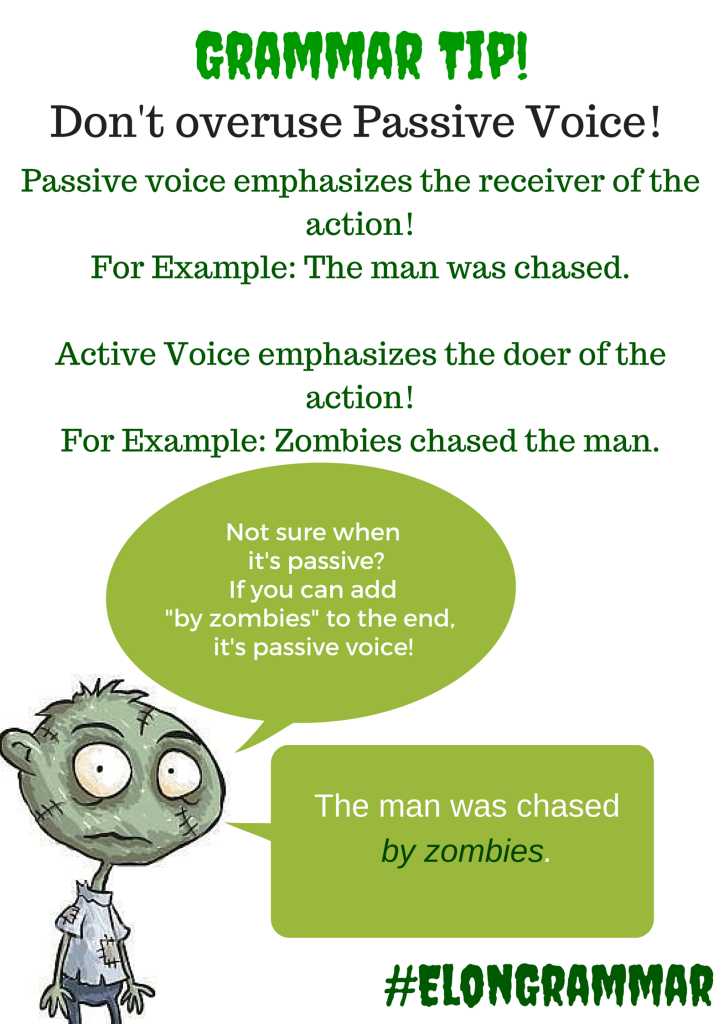
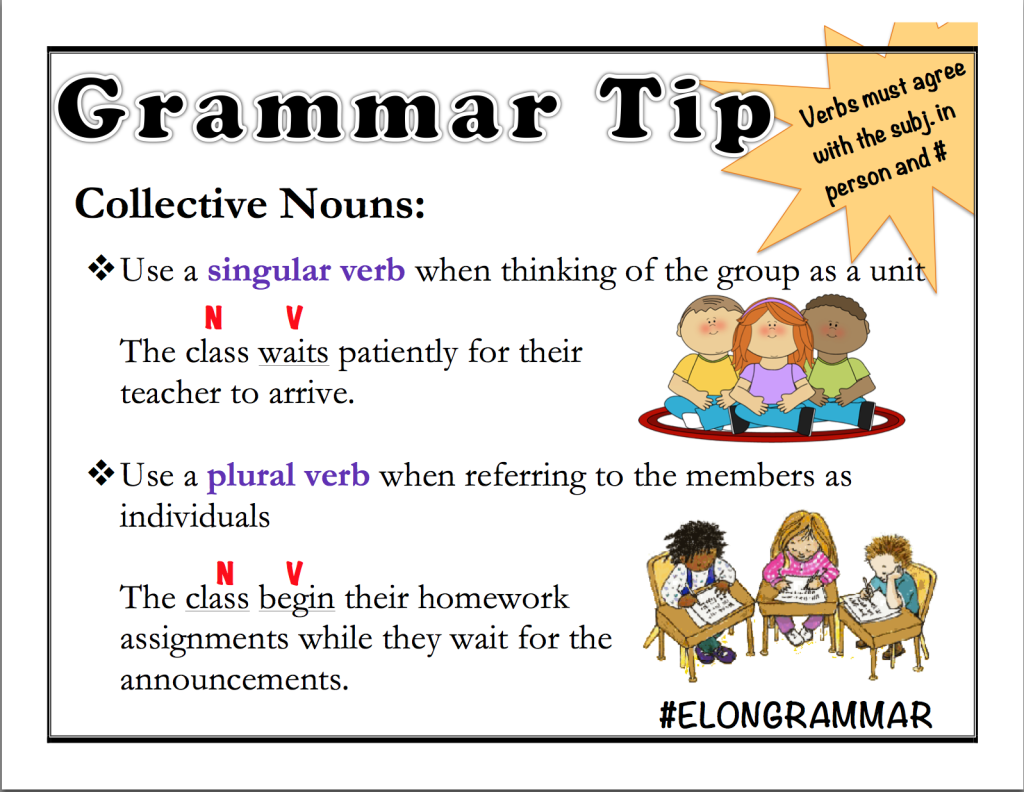

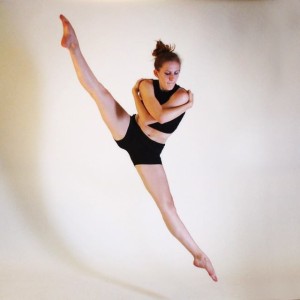
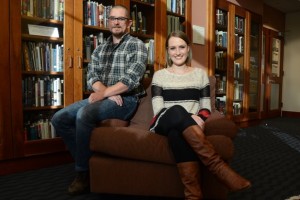
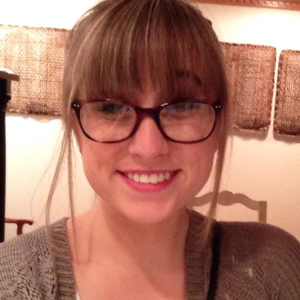 This semester, I have been working as an editorial intern at
This semester, I have been working as an editorial intern at 
